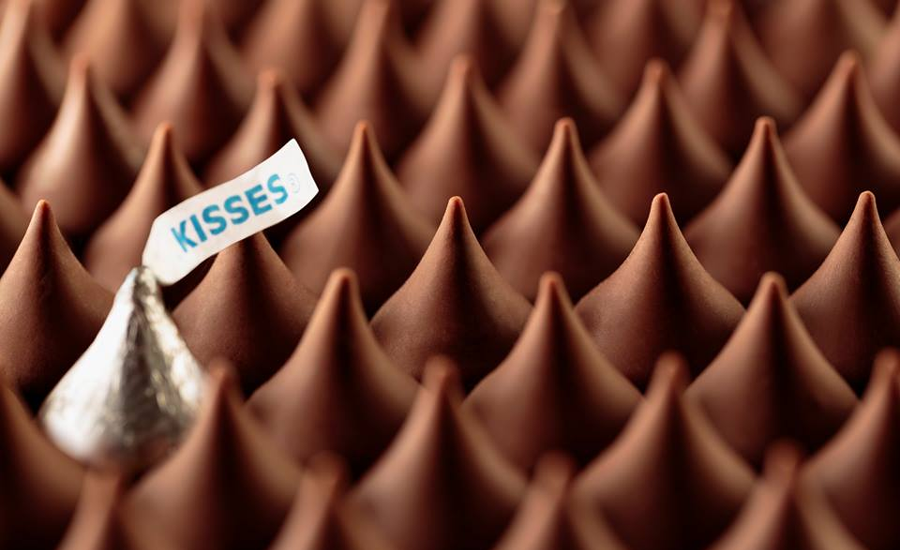Confectionary Espionage to Win Over Our Sweet Teeth

The story of Milton Snavely Hershey comprises the classic mathematical formula of the American dream: Adversity + Hard Work + Resilience + Giving Back to Your Community = Successful Life and Legacy. Today’s story will also include two small doses of “borrowing”.
Hershey failed twice in business before opening the Lancaster Caramel Company in 1886. Miserably. Though the third try did end up being the proverbial charm, the company came close to completely failing. Hershey was plagued with bad credit after these prior failures. A bank cashier came to the rescue by co-signing the loan himself, giving Hershey the liquidity, he needed for a batch of raw ingredients that would keep the company going.
Perspiration also needs a bit of inspiration. In 1893, Hershey had gone to the World’s Columbian Exposition in Chicago and attended a demonstration of a German chocolatier. This demo included machinery that streamlined the entire chocolate-making process. Hershey’s Eureka moment! The Hershey chocolatier business then utilized this new technology to achieve impressive scale and dentists throughout America rejoice.

Imitation is Greatest Form of Flattery, Act I:
Hershey releases its Kiss in 1907–13 years after another Pennsylvania chocolatier named Henry Oscar Wilbur introduced the Wilbur Bud. Please note as an aside, PR/Branding firms would not be invented for several more decades. These chocolates had a similar shape, but the Bud was created by hand using individual molds, while the Kiss was mass-produced by machinery. Hershey’s Kiss were also uniquely sealed with individual wrappers, transforming them from a luxury to a household product. The Bud did not go down without a fight. Wilbur unsuccessfully sues Hershey in 1909; thus, trick-o-treaters’ baskets are now filled with Kisses and not Buds.
Imitation is Greatest Form of Flattery, Act II:
In a case of karmic justice, an emerging chocolatier out of Umbria, Italy would greatly flatter Mr. Hershey & Co in 1922. The eponymously named, Perugina, launches its Baci products. Notwithstanding one’s predilection for etymology, this branding choice is uncanny. These chocolate treats have a hazelnut center and are wrapped in an aluminum foil including a romantic fortune-cookie-like message in translucent paper. This kiss is clearly not platonic.
In 1924, Hershey receives a registered design trademark for “foil wrapped conical configuration with plume” which included the paper plume sticking out from the top of the aluminum foil wrapper. In a pre-global economy having similar products an ocean apart is not detrimental to one’s bottom line. Ah, the good ole days of Mom & Pops Shops.
Later, in 1976, appreciating how litigious our American people were becoming, Hershey applies for and receives a registered trademark for the Hershey’s Kisses foil wrapper. Hershey only trademarked the name in 2000 after convincing the Courts the “Kiss” had become so firmly associated with them it was a part of the brand. As a generic term for a piece of candy wrapped with a little twisty bit, Hershey was not allowed to trademark it previously. Legend has it the Judge that presided over this trademark action now has a ride named after him at Hershey Park.
Take away whatever lesson you like from this tale. Whether its cacao corruption or friendly flattering, finding that unique idea is not straightforward. Often, product designs and ideas are a process. Embrace the process and that’s the American dream.




